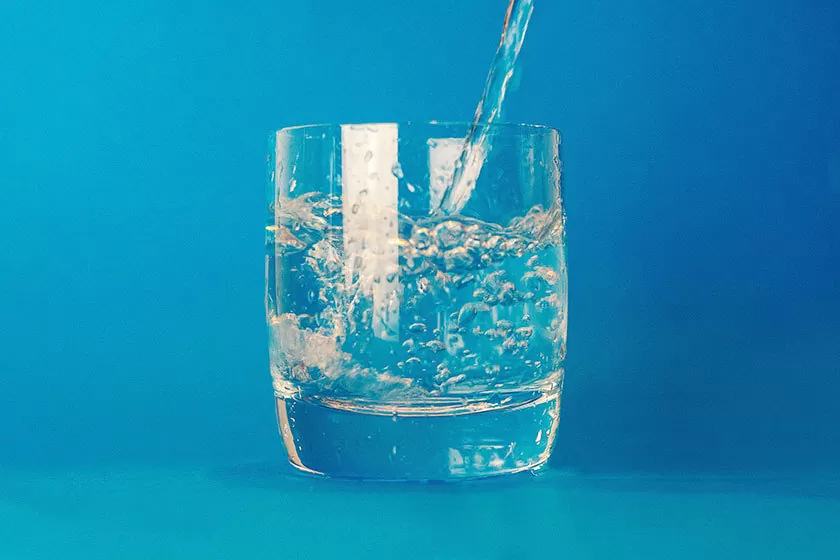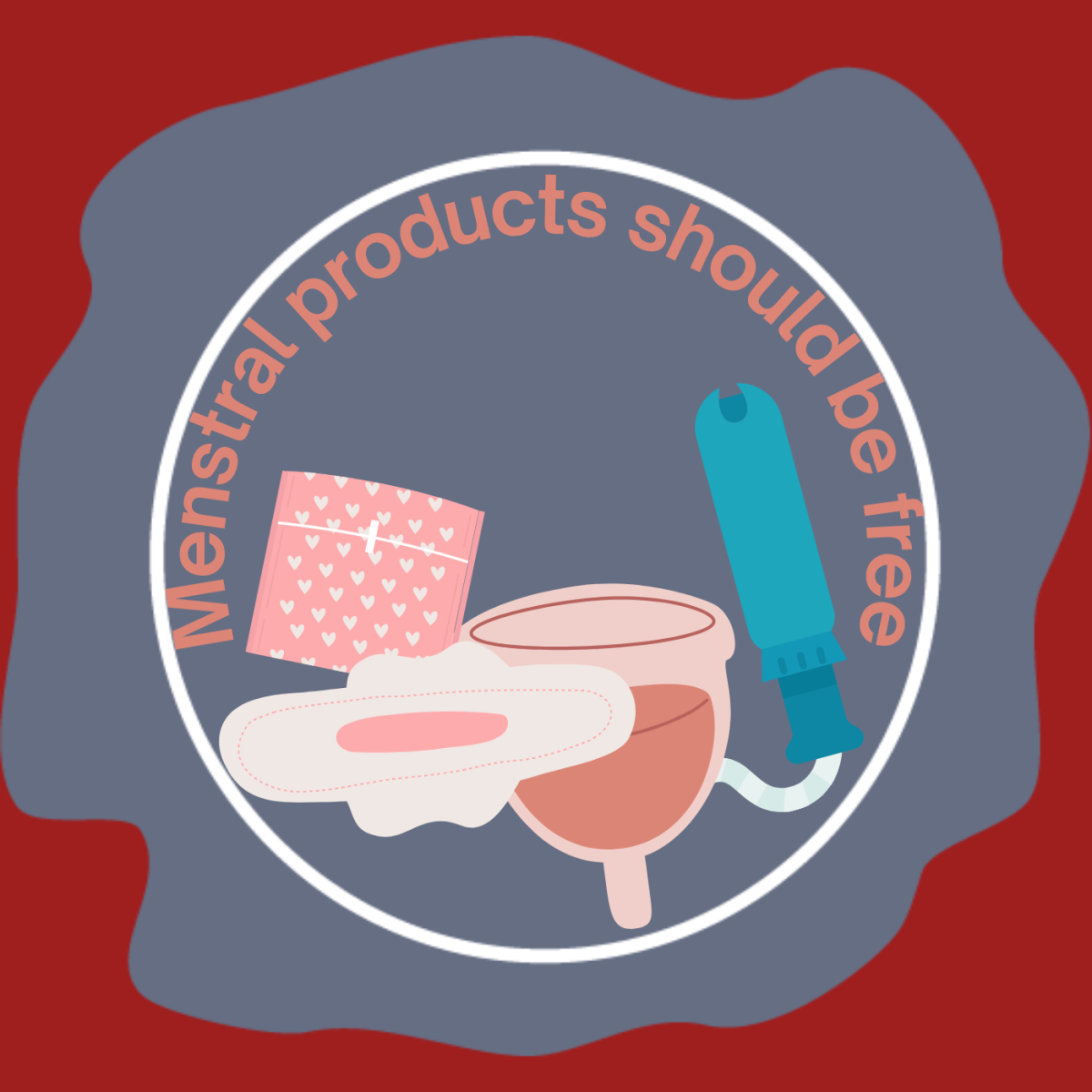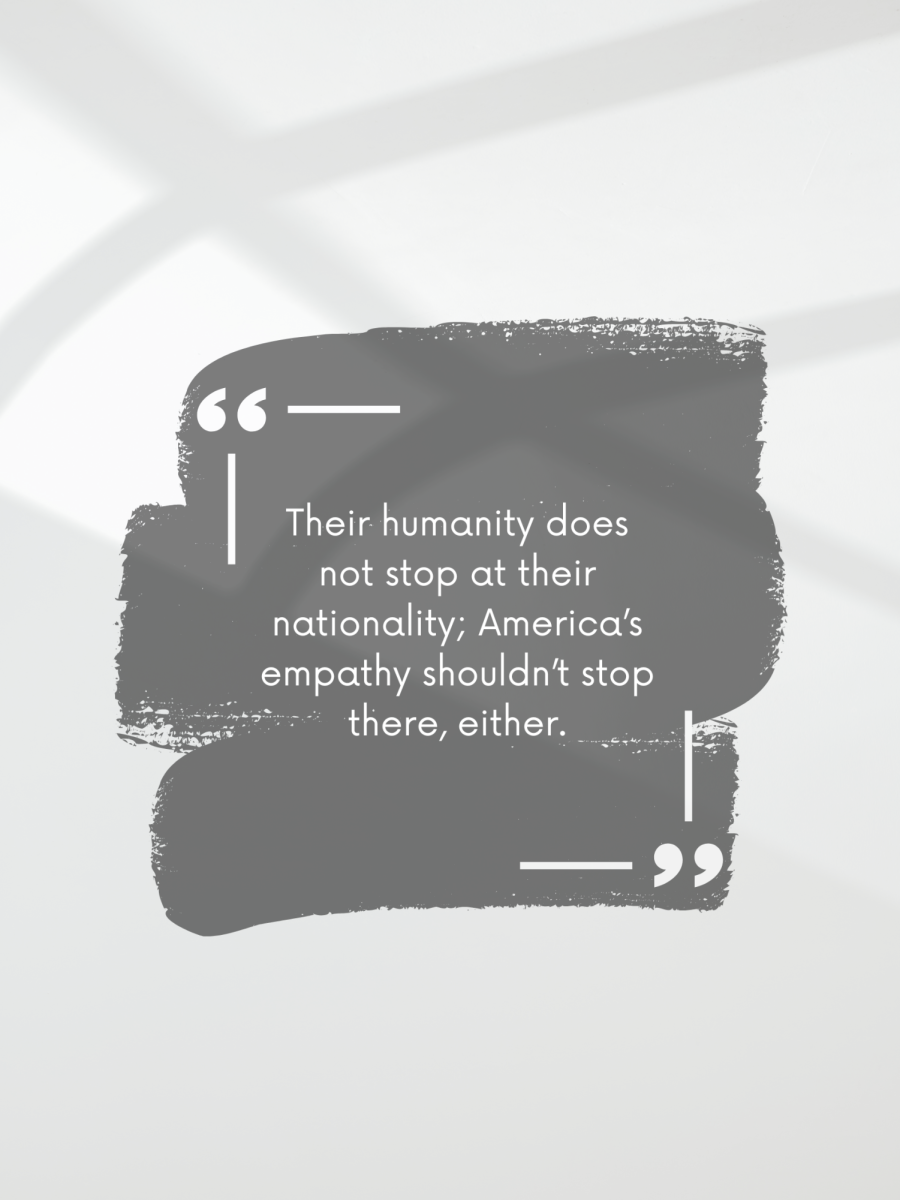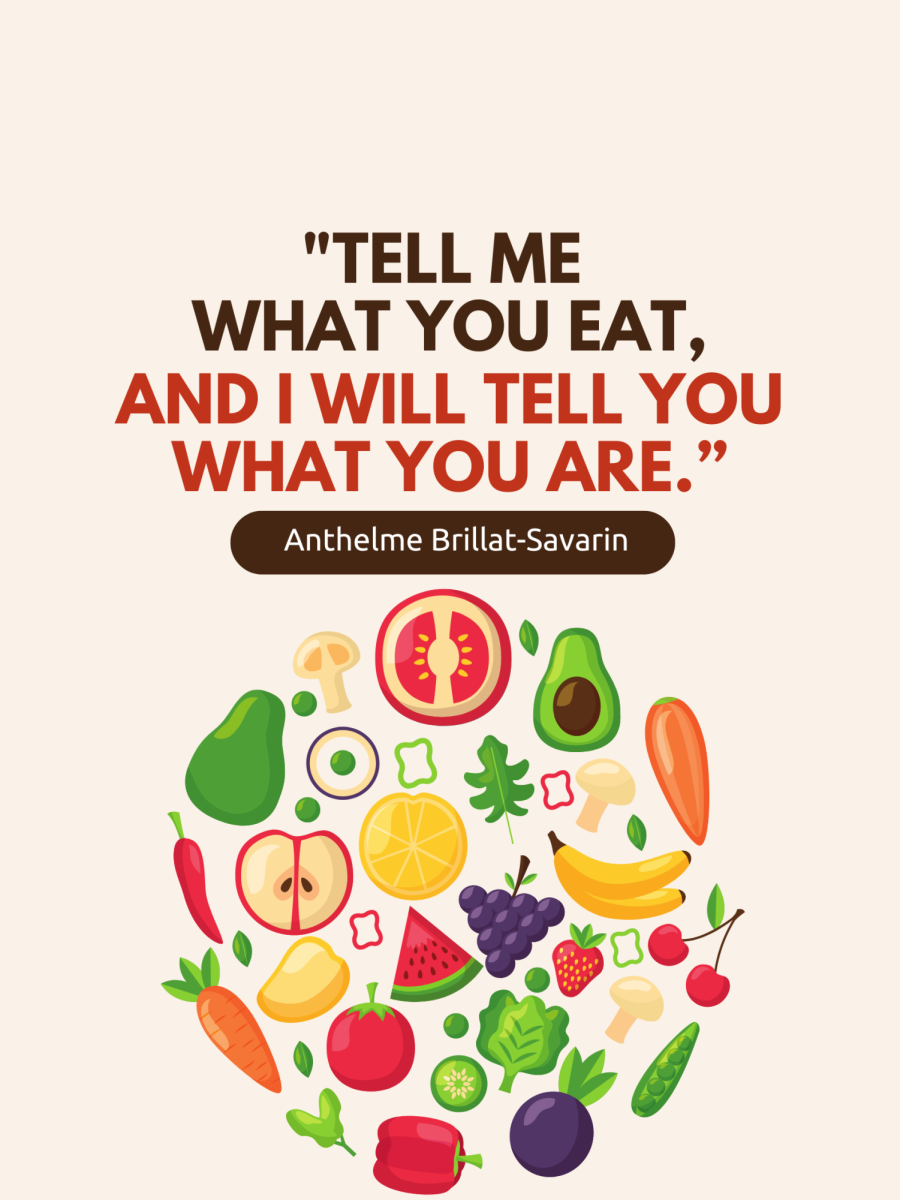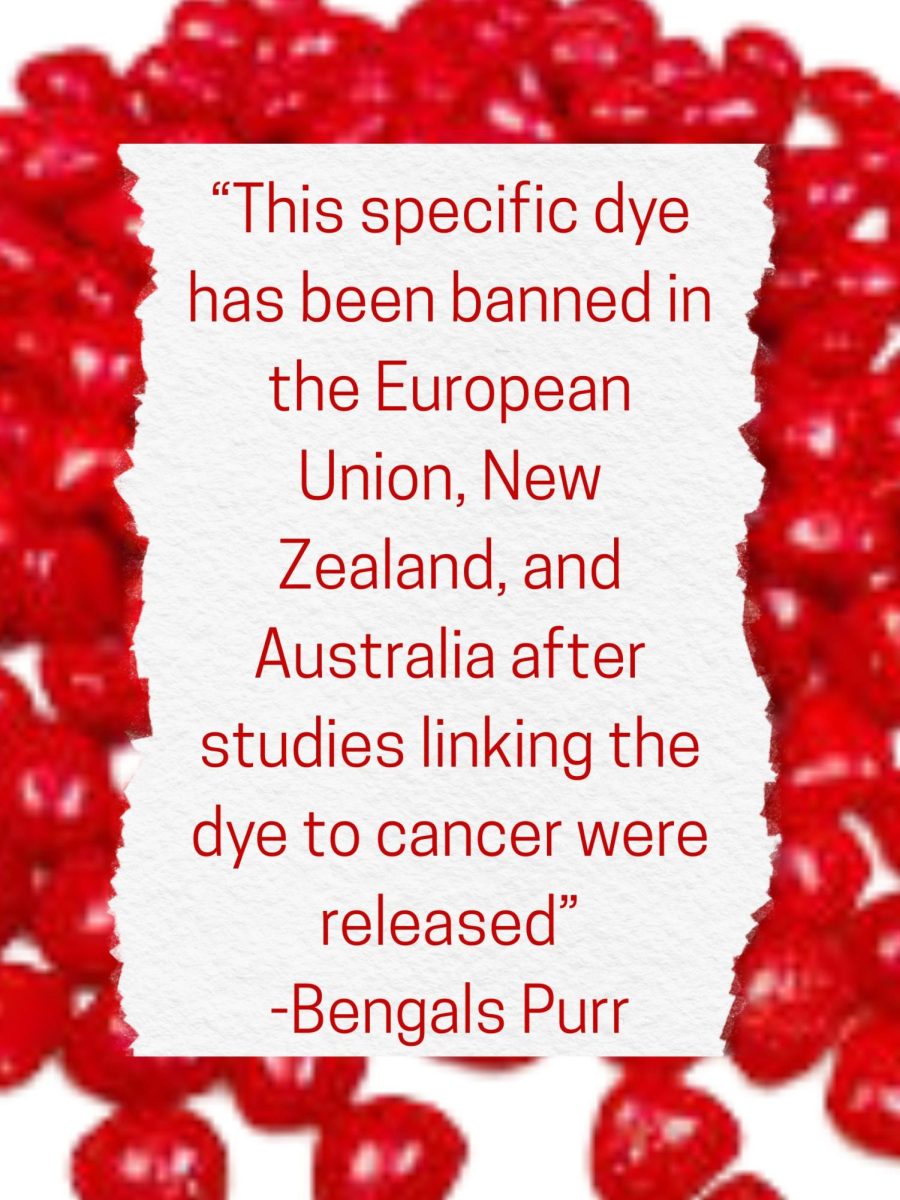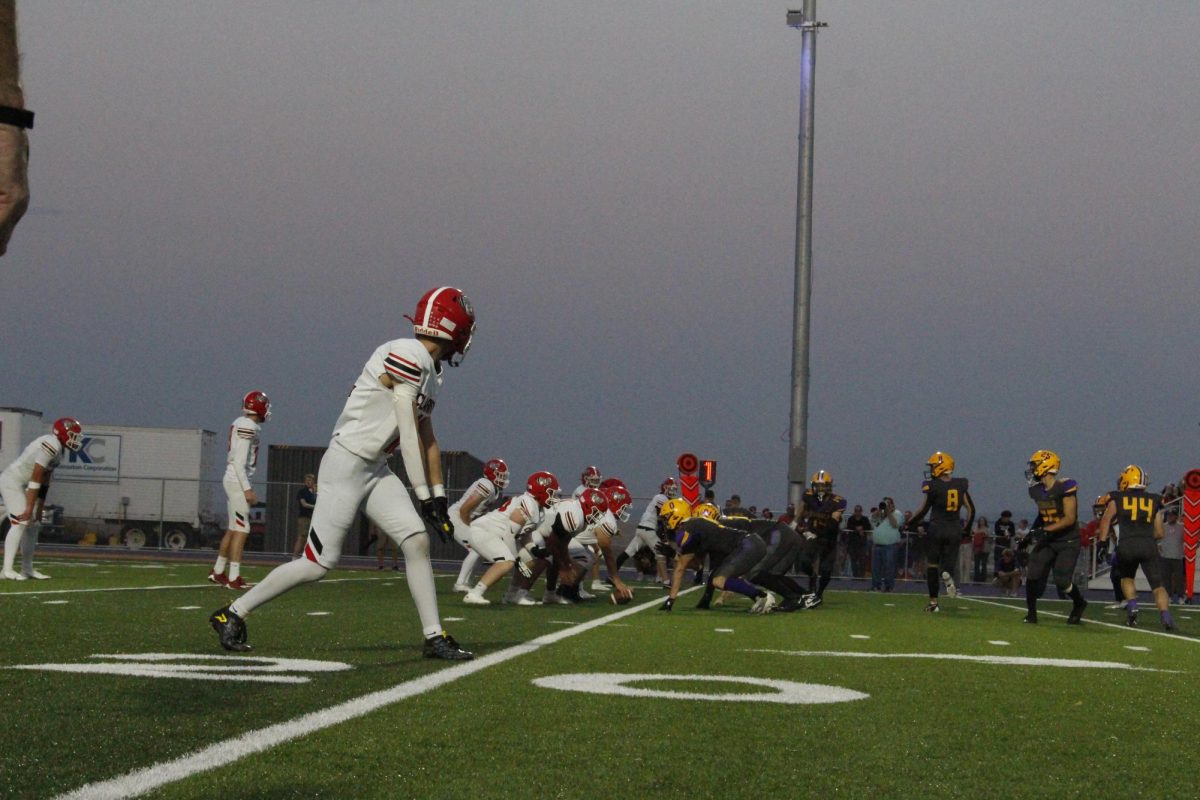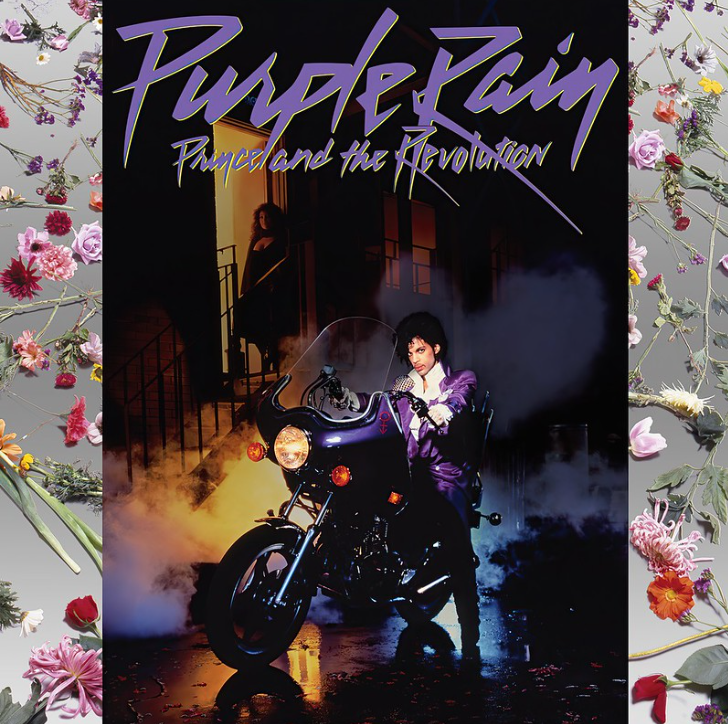When I see a glass of water, I don’t question whether it’s half-empty or half-full, I question why it’s even there at all. Particularly, why is it that Americans universally believe that drinking eight of those glasses every day will cure them of any ailment that crosses their path. In the British Medical Journal (BMJ), General Practitioner Margret McCartney argues that the recommendation to drink six to eight glasses daily “is not only nonsense, but is thoroughly debunked nonsense.”
So why are Americans so obsessed with hydration? A huge factor is the beverage industry. Companies take medical studies out of context in order to promote their products. Even something as simple as drinking water has become a product that water bottle companies take advantage of. It has become “trendy” to lug around huge water bottles everywhere. Social media promotes hydration, celebrities point to hydration for their good looks, water-tracking apps become more popular, and all for what? So your body can just get rid of it? When you give your body more water than it needs, the kidneys filter out the excess through urine, sweat, and even breathing. “Grown adults have been tricked into thinking a basic, human activity is, well, complicated,” claims Allison Arnold. “Hydration has not only been marketed as essential to becoming a better version of ourselves, but as a difficult thing to do properly.”
The promotion of hydration isn’t completely corrupt. Hydration is important. Practically every doctor and medical source will emphasize hydration. It supports bodily functions like temperature regulation, nutrient transport, joint lubrication, and waste elimination. But unless dehydration is an issue, drinking an excess of water won’t solve any problems. And yet, hydration is seen as the “cure-all” treatment. Many praise hydration for solving unrelated issues; clearing skin, reducing the risk of various diseases, reducing appetite, increasing energy, improving concentration, increasing weight loss, and even treating depression. While dehydration can contribute to these issues, overhydration won’t solve these issues if the root cause is something else. “We found that there really is no evidence that drinking more water makes you perform better,” said Dr. Stanley Goldfarb, in a story with ABC News. “It doesn’t reduce appetite, it doesn’t lead to long-term weight loss, and it can’t possibly improve your complexion. It won’t clear your body of toxins or reduce headaches.” These marketing lies aren’t just untrue; they can even be harmful, discouraging people with valid, complex issues. This narrative suggests that if your problems can’t be solved by hydration, they must not be valid issues at all.
Furthermore, drinking too much water can even be dangerous. The body is built to prevent dehydration but is relatively unprepared to protect against overhydration. In fact, humans can only go a couple of days without drinking water, but overhydration can kill someone within hours. According to Web MD, when the body has too much water, the kidneys can’t remove the excess liquid, which starts collecting in the body. Excess water can cause the body’s salt levels to drop, resulting in cells swelling. This can cause headaches, brain impairment, and trouble breathing because the swollen cells press against the skull. Swollen cells can also cause the appearance of weight gain. Additionally, drinking too much water can cause electrolyte levels to drop, reducing the body’s balance and causing muscle spasms and cramps. If the kidneys work too hard to remove the excess water, it creates a hormonal reaction, causing stress and exhaustion. Drinking an excess of water can also displace nutrient-dense foods.
The biggest concerns are overhydration and water intoxication. Overhydration is when drinking too much water decreases sodium in the blood to dangerously low levels. Water intoxication is when drinking too much water causes a chemical imbalance that your body can’t clear out naturally, diluting your blood and decreasing the electrolytes in your body.
Drinking too much water can also have an environmental impact. The first issue lies in the method used to drink water. According to CivicScience, about 36% of Americans use reusable cups, 22% use reusable water bottles, and 29% use plastic water bottles. Plastic bottles are known to harm the environment, contributing significantly to the plastic in the ocean. Plastic bottles also require unnecessary money, energy, and resources. Reusable bottles are the clear solution, but according to Seaside Sustainability, the average American owns 7.24 reusable water bottles. Buying an excess of reusable water bottles defeats the purpose of protecting the environment. Like most items produced in America, reusable water bottles still contribute to pollution due to manufacturing and transportation. Consumption of plastic cannot simply be replaced with overconsumption of reusable alternatives.
Furthermore, decreasing water supply is another issue with Americans’ pursuit of unnecessary hydration. America uses roughly 322 billion gallons of water per day, according to the United States Geological Survey (USGS). America is the second largest water consumer in the world and the largest per capita. This is an issue because while 71% of the earth is covered in water, only about 0.3% is drinkable, and climate change will only reduce this number. One person drinking water unnecessarily can’t cause water scarcity, but considering that America’s population is roughly 340 million, if each American drank just one 8-ounce glass of water, it would add up to a total of 21,250,000 gallons. But the average American drinks far more than eight ounces every day. According to the Centers for Disease Control and Prevention (CDC), the average adult drinks 44 ounces and the average child drinks 23 ounces daily. America’s incessant need to drink an endless quantity of water has already impacted the environment and it will continue to impact future generations.
So how much water does the average person need? This number is impossible to perfectly calculate, considering how many factors play a role. These factors include age, body size, activity, temperature, location, diet, and more. According to the Mayo Clinic, about 20% of daily fluid intake usually comes from food and a lot of hydration comes from other liquids like coffee, tea, juice, and soda. The most common recommended water intake is eight ounces, but according to The Lancet, two prominent doctors “reviewed the literature and found a lack of evidence for or against the recommendation to drink eight glasses of about 0·24 L of liquid daily.”
The best indicator of the need for hydration is thirst, the body’s natural drive to maintain hydration. Thirst is a physiologically regulated variable, where the body tells each person what it needs. It is a natural process in the body, meant to maintain homeostasis, and ultimately humans should trust their own bodies over any outside source. Online hydration calculators are also available. The most reliable ones take in as many factors as possible, such as the Camelbak Hydration Calculator.
At the end of the day, each individual has to decide how much water they will drink. It’s unlikely that the average person would be in serious danger from drinking too much water, but it’s also not necessary to spend your whole day chugging water. The human body is incredibly complex and is built to take care of itself. You don’t need reminders to drink enough water; your body will tell you. Hydration is vital for the body to function properly, but if dehydration isn’t an issue, overhydration can’t be the solution.

